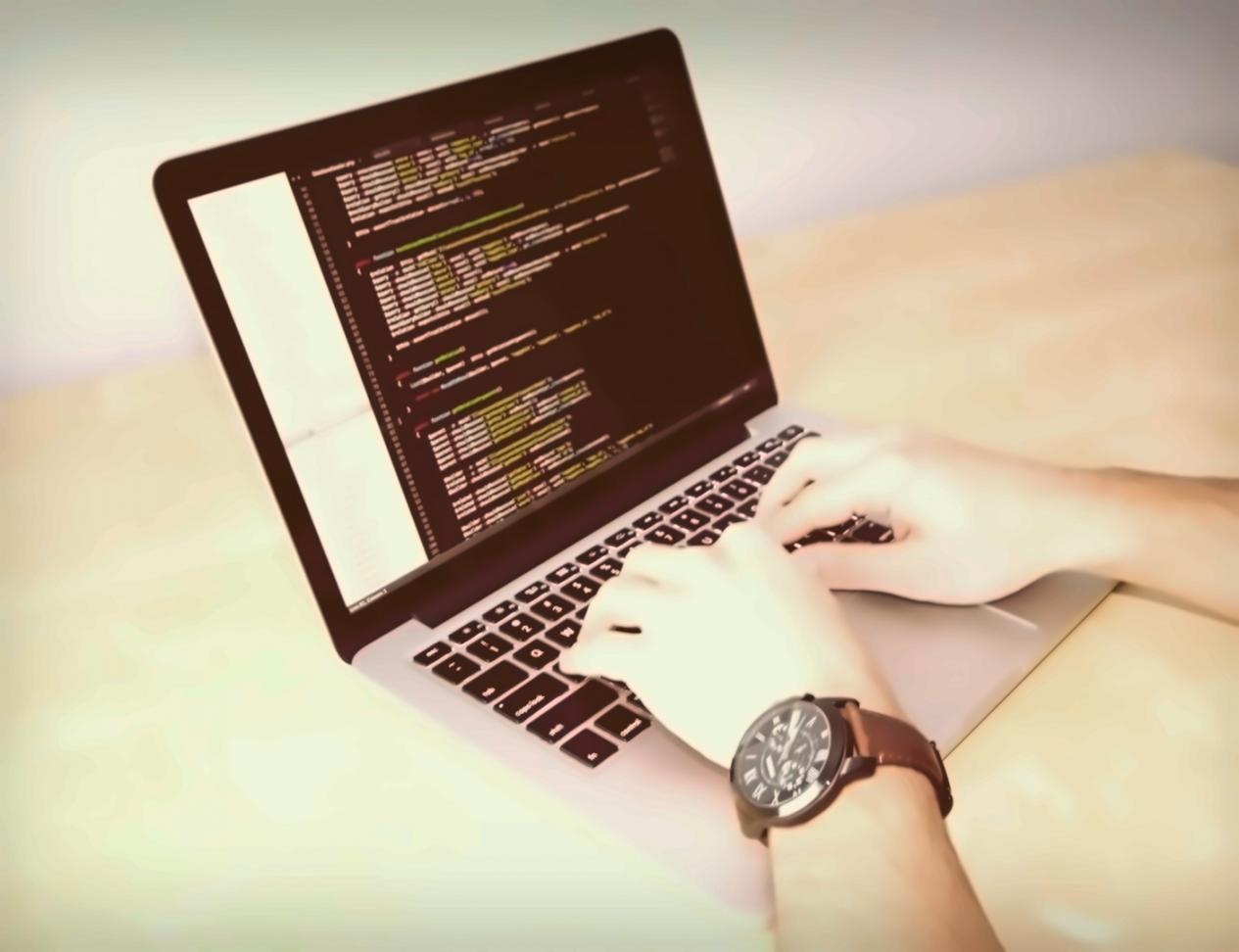How We Structure Your Learning Path
Learning Python isn't linear. You don't master syntax, then move to data structures, then suddenly start building apps. Real coding is messier—and more interesting. Our approach breaks learning into overlapping phases where you're always writing code, not just studying concepts.
We built this structure after watching what actually worked with hundreds of students. Some needed more time with basics. Others flew through syntax but struggled with design patterns. This system lets you progress at different speeds in different areas while always building something tangible.
Foundation Building
First three months focus on getting comfortable with Python syntax and basic problem-solving. You'll write small programs daily—nothing fancy, just functional code that works.
- Core syntax and data types
- Control flow and functions
- File handling and basic I/O
- Writing testable code from day one
Working With Data
Months four through six shift to practical data manipulation. You'll work with real datasets—messy CSV files, API responses, database queries. This is where things get interesting.
- Pandas for data analysis
- Database connections and SQL
- API integration and JSON handling
- Data cleaning techniques
Building Applications
Final phase focuses on putting everything together. You'll build web applications, automation scripts, and tools that solve actual problems. Projects get more complex here.
- Web frameworks and APIs
- Authentication and security basics
- Deployment and hosting
- Code organization and architecture

What Students Actually Build
Real Projects Students Have Built
These aren't portfolio pieces. These are functioning applications students created to solve specific problems they encountered.
We don't assign generic "build a to-do app" exercises. Instead, students identify problems they want to solve—maybe automating part of their current job, building a tool their team needs, or creating something they personally want to use.
This changes everything. When you're building something you actually need, debugging at 11 PM becomes less frustrating and more like solving a puzzle that matters.

Inventory Tracking System
Student ran a small online shop and was manually updating spreadsheets. Built a Python tool that pulled order data from their e-commerce platform, updated inventory counts, and flagged items needing restock.
- Working with third-party APIs and authentication
- Handling rate limits and API errors gracefully
- Scheduling automated tasks with cron jobs

Customer Feedback Analyzer
Marketing team member wanted to analyze customer reviews at scale. Created a tool that pulled reviews from multiple sources, categorized them by sentiment, and generated weekly reports with trends.
- Text processing and natural language basics
- Creating meaningful data visualizations
- Building reports that non-technical teams can use

Our Teaching Methodology
Most coding education follows the same pattern—watch videos, do exercises, take a quiz, repeat. We tried that approach in 2019 and quickly realized it didn't produce developers who could actually build things. So we changed our entire structure.
-
1
Code First, Theory Later
You start writing Python in week one—not perfect code, just functional programs that do something. We introduce concepts as you need them, not before. Most students find this backward approach actually makes more sense.
-
2
Regular Code Reviews
Every two weeks, you submit code for review. Not automated checks—actual human feedback on how you solved problems, what could be cleaner, where you could improve. This is where most learning happens.
-
3
Build Something Real
By month three, you're working on a project you defined. Could be work-related, personal interest, or just something you're curious about. Having skin in the game changes how you approach problems.
-
4
Learn From Breaking Things
We encourage experimentation, which means you'll break your code regularly. That's fine. Debugging is a skill you develop by encountering actual errors and figuring out what went wrong—not by watching someone else debug.
Who's Teaching This

Linnea Järvinen
Lead Python InstructorI've been writing Python professionally since 2014, mostly backend systems and data pipelines. Started teaching in 2018 after realizing most developers I worked with had the same gaps in their knowledge—not syntax, but practical skills like reading documentation, debugging production issues, and writing maintainable code. That's what I focus on here.
Next Program Starts September 2025
We're accepting applications now for our autumn cohort. If you want to learn Python by actually building things, not just watching tutorials, this might be the right fit. No previous programming experience required—just willingness to write code daily.
Get More Information